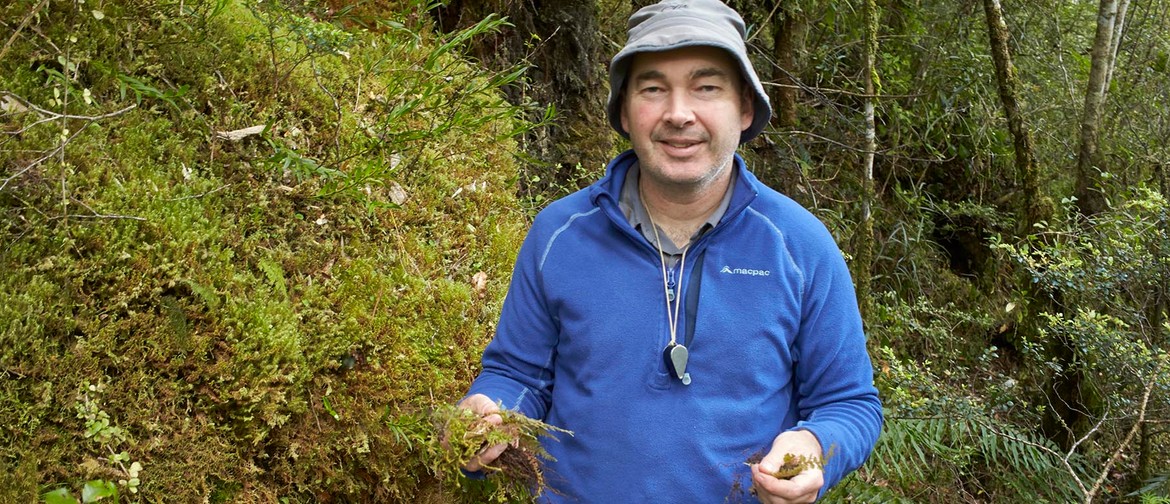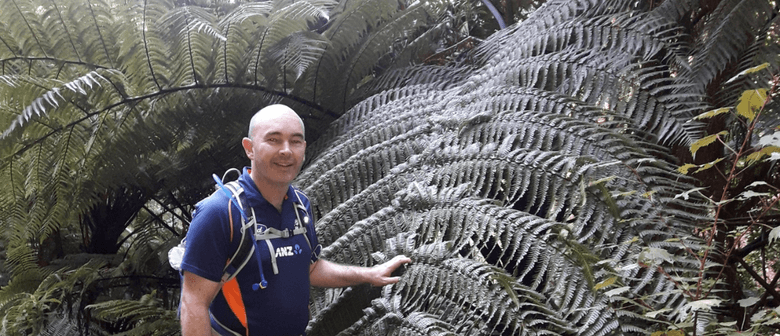NZ’s Ferns & Lycophytes: Relationships and Distribution
74 Ngā Manu Reserve Road, Waikanae, Kapiti Coast
Ticket Information
- Additional fees may apply
Restrictions
Website
Listed by
The third Lecture in our Ngā Manu Winter Lecture Series 'New Zealand’s ferns and lycophytes: relationships and distribution' with speaker Leon Perrie – Curator of Botany at Museum of New Zealand Te Papa Tongarewa.
Leon’s research is focused on the taxonomy and evolutionary history of New Zealand’s ferns and lycophytes, and he has co-authored over 100 peer-reviewed publications. A current priority is supporting the completion of the fern and lycophyte chapters for the electronic Flora of New Zealand. He also works with Pacific ferns, especially those of New Caledonia, and he occasionally dabbles with flowering plants (e.g., Pseudopanax, Schoenus, Sophora). His current collecting focuses on liverworts, mosses, and weeds. He was the lead science curator for Te Papa’s principal natural history exhibition: Te Taiao Nature.
Ferns have a unique life-cycle among land plants, and a special place in the culture of Aotearoa New Zealand. We have some 200 indigenous species of ferns and lycophytes, which is about 10% of the vascular flora. There is a close relationship with south-eastern Australia, as indicated by both the large number of shared species and phylogenetic analyses of DNA sequences. Species diversification appears to be more regional (i.e., south-west Pacific) than local, and community assembly reflects shared environments seemingly more-so than geological history. Notably, not all movement across oceans is eastward. Within New Zealand, understanding of diversity, nomenclature, and distributions has been revised for the electronic Flora of New Zealand. This is freely available online. Species diversity is higher in the warmer north and wetter west of the country; evolutionary diversity is highest in the north. We’ll finish with some practical steps for learning how to identify the ferns around you.
This lecture takes place in our Robin’s Nest building at Ngā Manu. Entry is by paper koha at the door. Only people who have registered will be admitted to this event - please click on the 'Buy Tickets' link to register your attendance. Please arrive at 1.00 pm for tea and biscuits and to take your seat. The Lecture will start promptly at 1.30 pm.
(Register for this event by clicking 'Buy Tickets'.)
Log in / Sign up
Continuing confirms your acceptance of our terms of service.





Post a comment